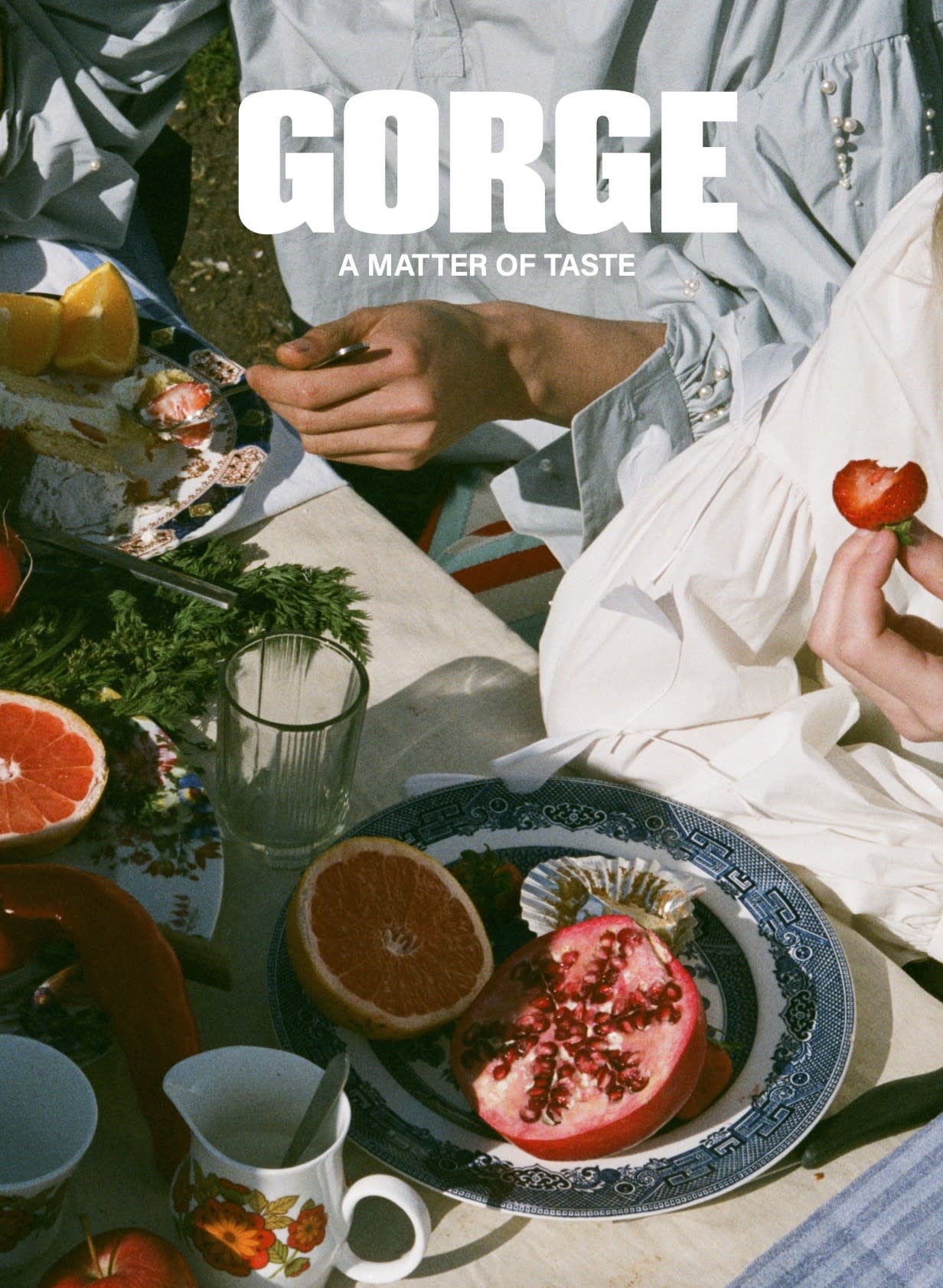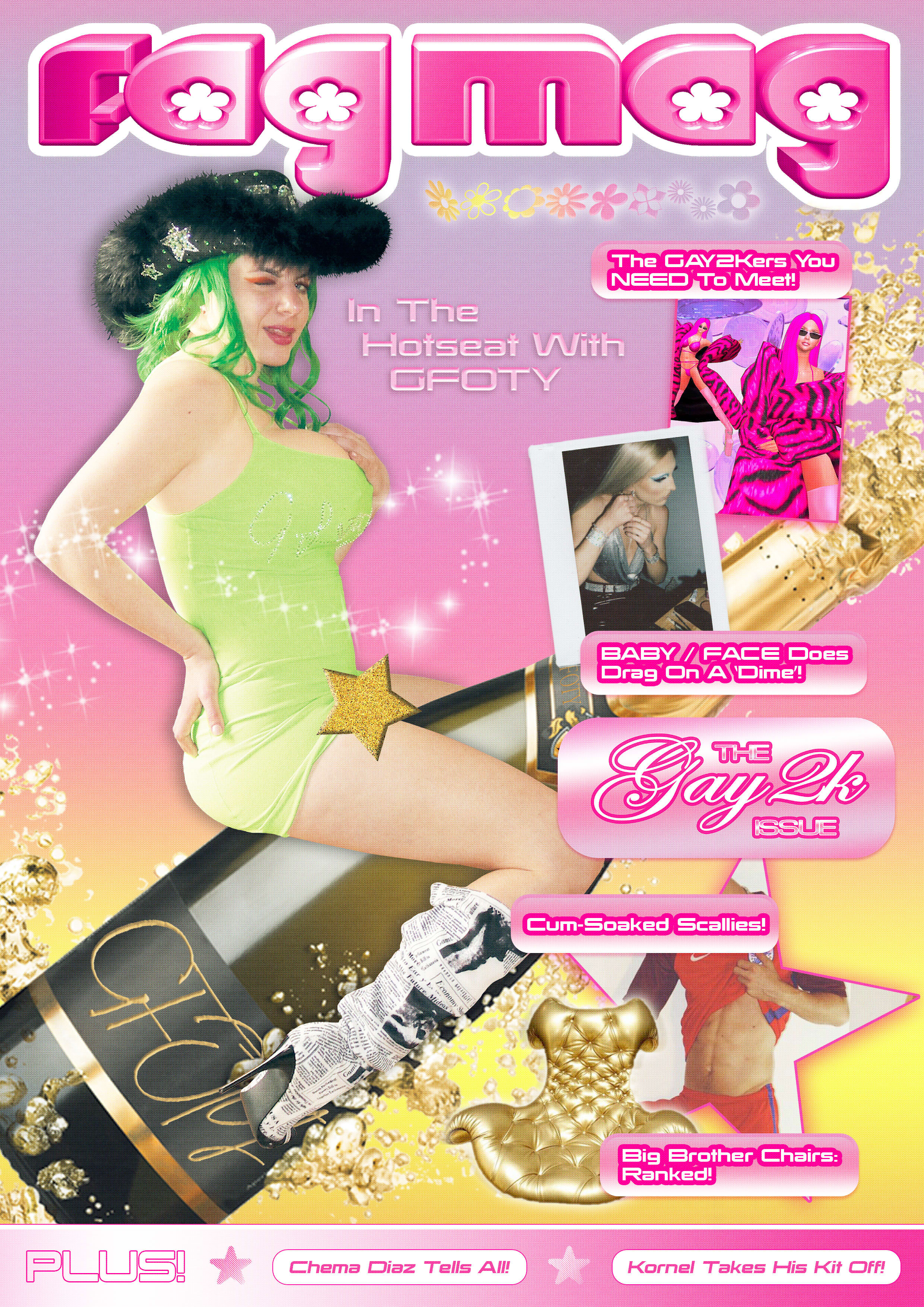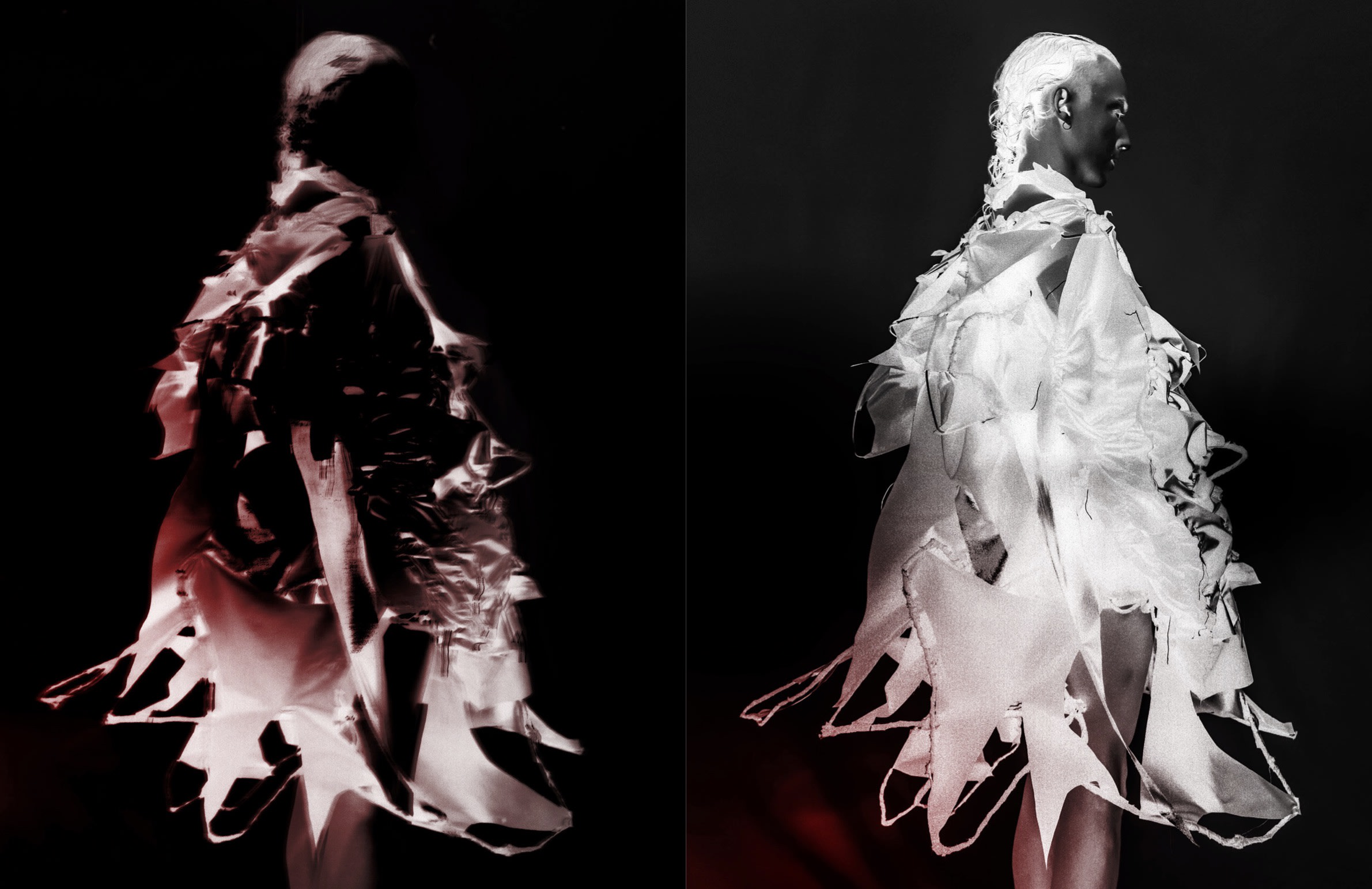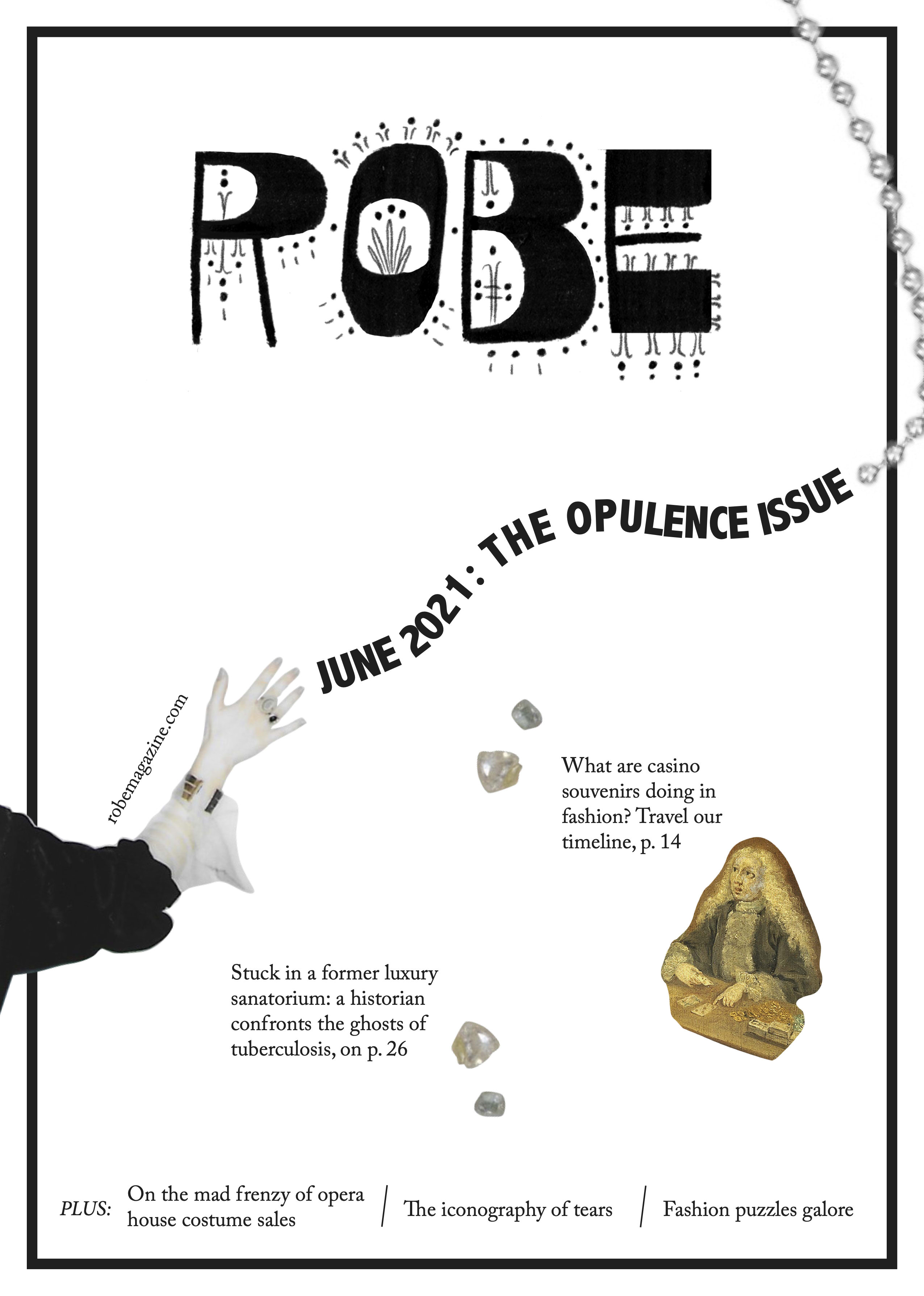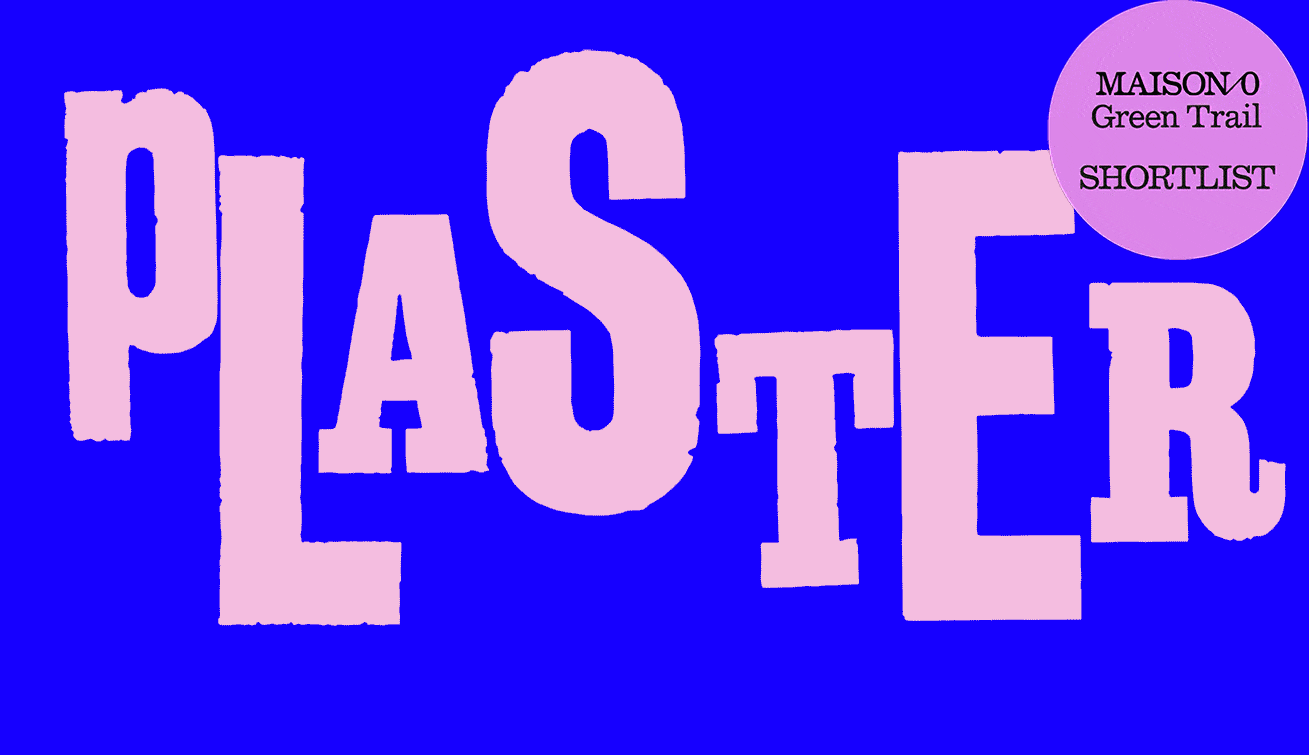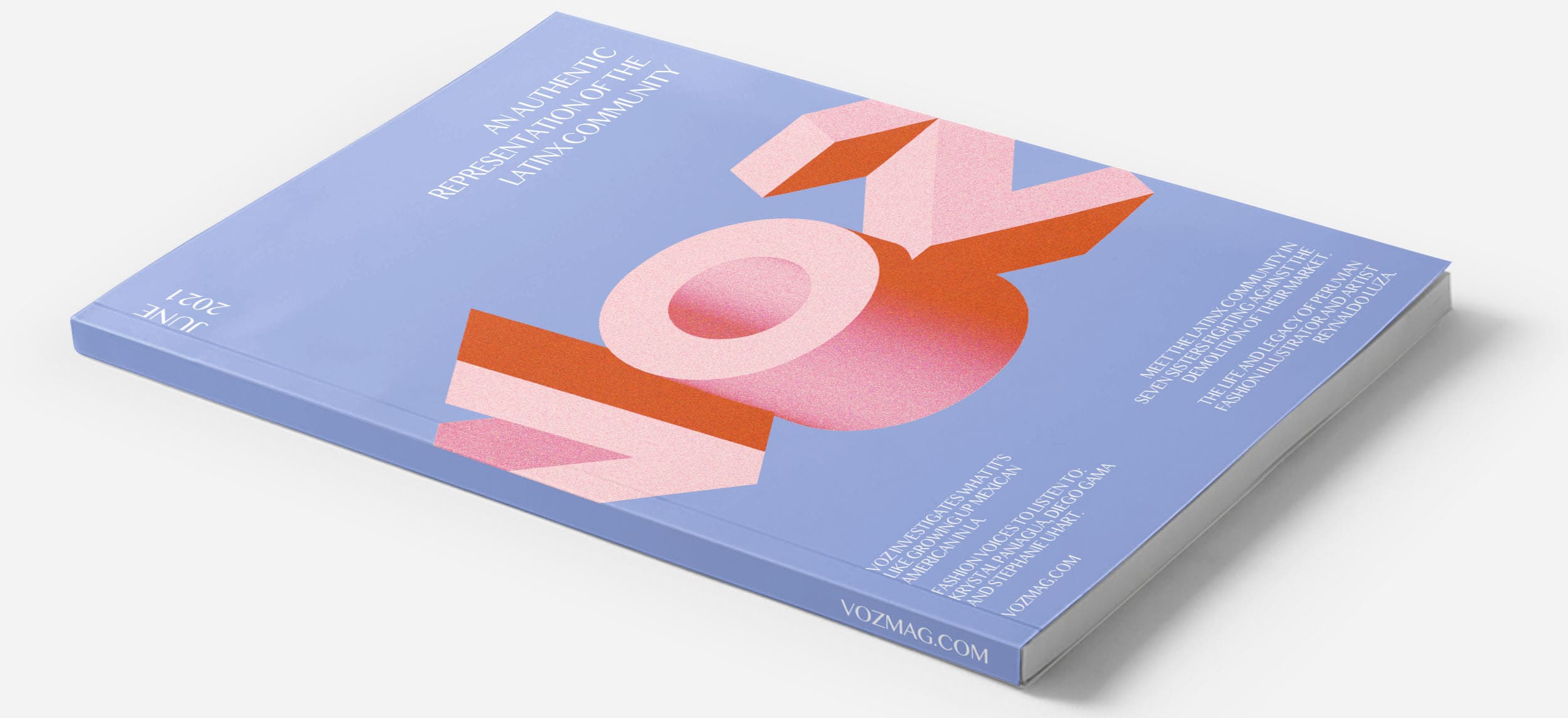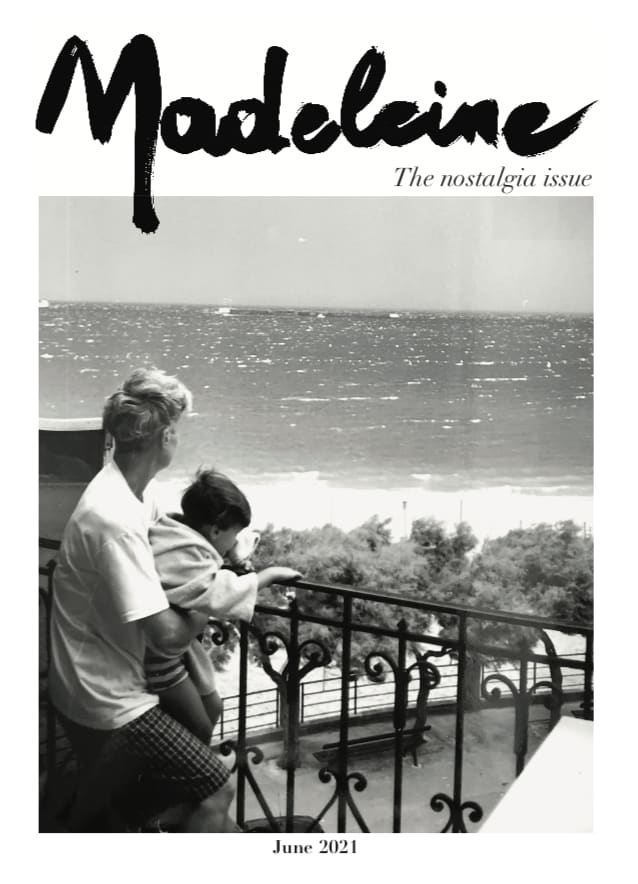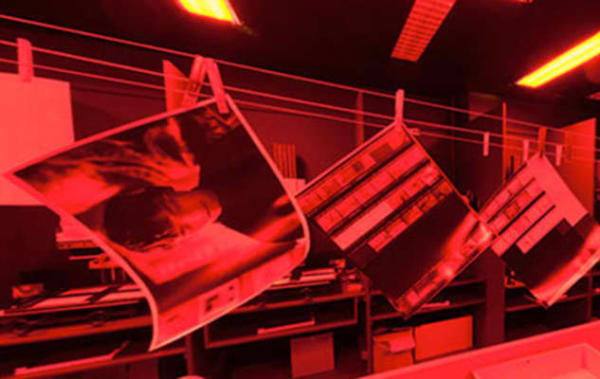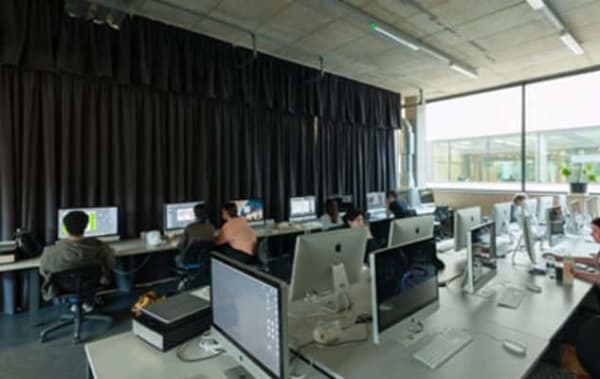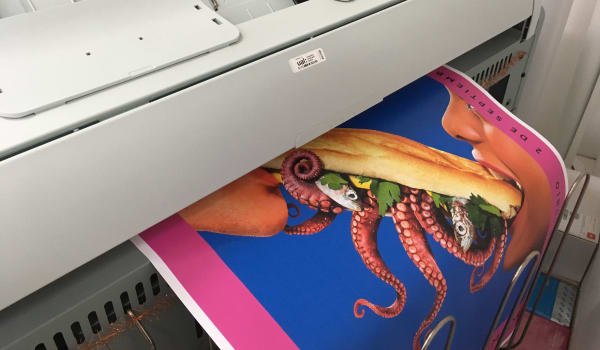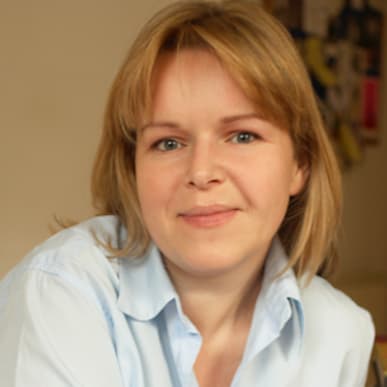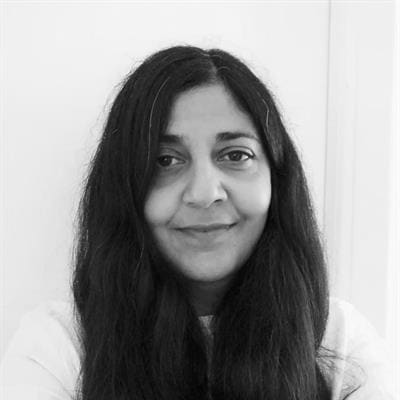Course units
On this pathway, emphasis is placed on professionalism, criticality and creativity. You will be introduced to various media and disciplines, expanding your subject knowledge, and informing and supporting your development as a journalist. These will include research methods, specialist technical skills such as filmmaking, podcasting and digital design, but principally the core skills needed to become a successful journalist. You will consider how global debate informs the communication of fashion, exploring how activism and promotional strategy can raise awareness of social and racial justice and the climate emergency. Your knowledge will be enhanced through targeted projects and the guidance of lecturers who are specialists in their field. The whole course is a learning journey.
Stage 1
Unit 1: Introduction to the Fashion Programme and to Studying at CSM
Unit 2: Methods and Media
Unit 3: Exploration and Experimentation
Unit 4: Creative Unions
In Stage 1, all students arrive at CSM with different skills and experiences, which add richness to the course. This first year aims to improve your understanding and approaches to learning and will provide a base level of skills to enable you to be successful in your pathway. You will focus on the skills needed to research, write and present effectively and will be introduced to resources which support your studies. Units 2 and 3 will provide a foundation in the generation and development of fashion journalism. Creative Unions provides you with the opportunity to engage collaboratively with students from different disciplines at CSM. The unit introduces you to ways of thinking about cross-disciplinary, participatory practice to address common world challenges. Working in a small team you will identify a context where social and environmental issues arise and produce a collective response that seeks to activate positive and ethical change.
Stage 2
Unit 5: Positioning and Professional Preparation
Unit 6: Collaboration and Context
Unit 7: Audience and Perspective
Unit 8: Fashion Critical Studies
In Stage 2, Unit 5 encourages you to consolidate the necessary skills to develop and articulate your own journalistic practice. You will further enhance your knowledge of industry and collaborative working with a focus on your future employability. During this year, you will benefit from the opportunity to interact with, and gain feedback from external guest speakers or live project partners. In Units 6 and 7 you will explore the breadth of your subject, gaining confidence, developing your individual talents to allow you to form your own opinions but also understanding your own role as part of the wider network of fashion. Unit 8 offers a range of research methods and approaches which will support you in undertaking more self-directed study. This may include visual and material culture, social theory and media studies.
Stage 3
Unit 9: Project Proposal
Unit 9a: Project Proposal (Option 2)
Unit 10: Dissertation
Unit 10a: Dissertation: Extended (Option 2)
Unit 11: Project Portfolio
Stage 3 gives you the opportunity to manage your own learning. You will define your individual identity as a journalist, making decisions on your preferred media, approach and areas of interest. By the end of Unit 9, you will have completed the initial research and design phase and presented your degree project proposal and plan. Your final year focuses on the production of a portfolio of work that represents your specialist skills, career intentions and understanding of the media and audiences of contemporary and future fashion journalism.
Your dissertation represents the culmination of your cultural studies work for your degree. It extends your research, analytical and communication skills. You will focus on a selected aspect of visual, textual, material, social, media or spatial culture, this will align with an area of interest for your studio-based work.
Optional Diploma Year
Industry Diploma in Professional Studies (DIPS)
This optional diploma can be taken between years 2 and 3. With support from your tutors, you will undertake an industry placement for a minimum of 100 days. As well as developing industry skills, you will gain an additional qualification upon successful completion: BA (Hons) Diploma in Professional Studies.
CCI Creative Computing
Between years 2 and 3, you can undertake the year-long Diploma in Creative Computing. This will develop your skills in creative computing alongside your degree. After successfully completing the diploma and your undergraduate degree, you will graduate with an enhanced degree: BA (Hons) Fashion Communication: Journalism (with Creative Computing).
CCI Apple Diploma
Between years 2 and 3, you can undertake the year-long Diploma in Apple Development. This will give you an opportunity to become an accredited apple developer alongside your degree. After successfully completing the diploma and your undergraduate degree, you will graduate with an enhanced degree: BA (Hons) Fashion Communication: Journalism (with Apple Development).
Mode of study
BA Fashion Communication runs for 90 weeks in full-time mode. It is divided into three stages over three academic years. Each stage lasts 30 weeks. You will be expected to commit 40 hours per week to study, which includes teaching time and independent study.
Credit and award requirements
The course is credit-rated at 360 credits, with 120 credits at each stage (level).
On successfully completing the course, you will gain a Bachelor of Arts with Honours (BA Hons degree).
Under the Framework for Higher Education Qualifications the stages for a BA are Stage 1 (Level 4), Stage 2 (Level 5) and Stage 3 (Level 6). In order to progress to the next stage, all units of the preceding stage must normally be passed: 120 credits must be achieved in each stage. The classification of the award will be derived from the marks of units in Stages 2 and 3 or only Stage 3, using a dual algorithm. If you are unable to continue on the course, a Certificate of Higher Education (CertHE) will normally be offered following the successful completion of Level 4 (or 120 credits), or a Diploma in Higher Education (DipHE) following the successful completion of Level 5 (or 240 credits).


